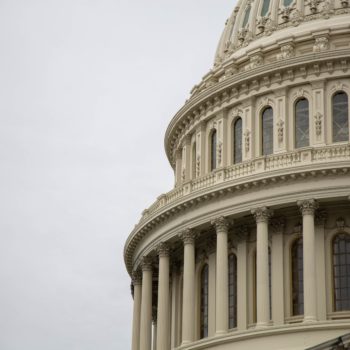The 3 Basics of Creating a Sustainable Culture of EHS Compliance
Hear Erika Guerra, Environmental Director at Martin Marietta give expert insights into overcoming the biggest challenge of environmental compliance –...
Hear how the US Supreme Court's ruling on groundwater discharges impacts companies and their environmental compliance programs under the Clean Water Act.

Hear Erika Guerra, Environmental Director at Martin Marietta give expert insights into overcoming the biggest challenge of environmental compliance –...
To build a resilient environmental and safety program, Robert McGehee of US Concrete brought Mapistry software to the entire company. Hear all about...
Mapistry announces that environmental compliance inspections can now be completed offline using the latest version of our mobile app.